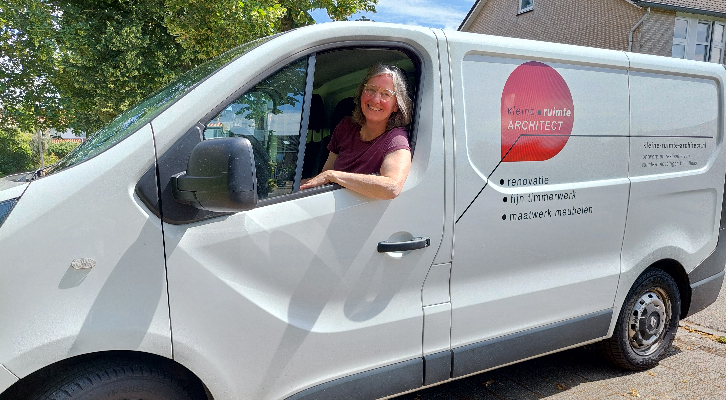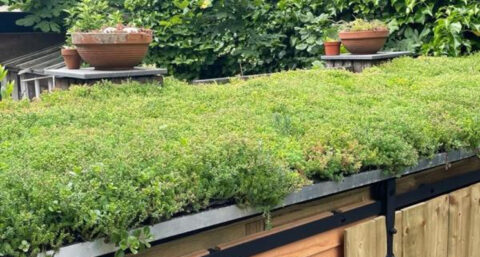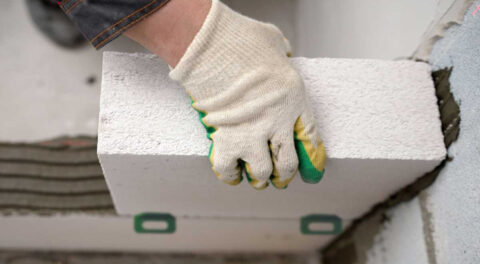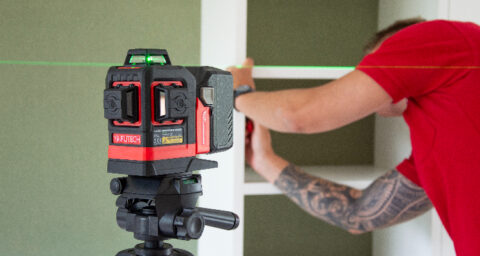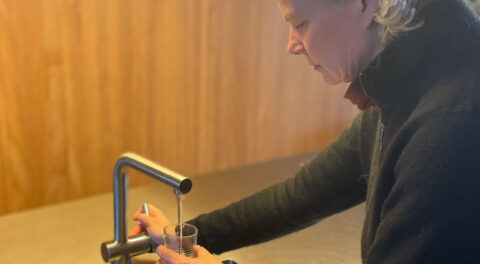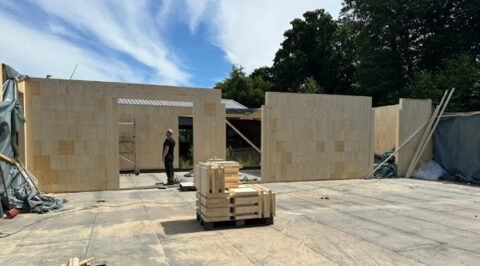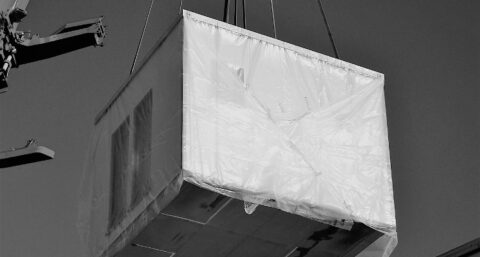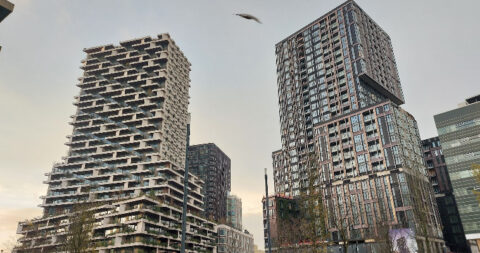Carin Terpstra is a trained artist and museologist and worked for years as a handicraft and technology teacher in education. Until she thought she could use her knowledge and experience to start a design and construction company as an independent entrepreneur. Thus was born Kleine-Ruimte-Architect.
Terpstra dove into a niche market with her company. 'I focus on interior design and fine carpentry,' she says. 'With my handyman business I want to mean something to people. A pleasant living environment creates a sense of home and that gives peace of mind. Often people know what function they want to give to a (part of a) space, but have no visual ability to fill it in. For me, on the contrary, I immediately experience that spatial imagination. I can see at a glance what is possible, but I always make the design in consultation with the client.
Chisel and file
For many handymen, speed is paramount, but Terpstra prefers to focus on craftsmanship. 'That sometimes creates a tension between time and money,' she agrees. 'Sometimes a client wants something done quickly and cheaply, while I want it done well and beautifully. When making kneeboard cabinets in a historic building, for example, a wall anchor was sticking out of the wall. The quick fix would be to move the wall forward, in front of the anchor. But then a historic detail is lost, and that's a waste of authenticity. With a chisel and file, I worked until a recess was created on the back of the board where the wall anchor would fit exactly. I used the wall anchor to mount the shelf. That's where the term "fine carpentry" is appropriate; I "shape" that wood until it fits. It takes a little more time, but then it's right on multiple levels. That's so beautiful.
No standard solutions
When Terpstra was just starting out, she regularly worked with others. I learned a lot from that and I take that with me. For me, things are often created by doing, I try something out and build on it. I rarely assume standard solutions. For example, something is often screwed and then the screw is removed with putty. I prefer to come up with an alternative connection technique so that no part of the assembly is visible and painting is not necessarily necessary. By the way, I don't venture into installation work. If a job requires it, I arrange a 'colleague'.
Historic wood
'I was working on a property originally dating from the 14e century," Terpstra says. 'In the 18e century it was expanded and now something had to be done to it again, because it was extremely drafty. The client wanted to divide the space into smaller, more heatable rooms with glass walls. I thought that was such a waste! To preserve the century-old character, I bought historic wood and made it into window frames. With these I was able to make a room draft-free but also bring in the light from the skylights. It is customized work, because you can bet that in an old building everything is crooked. Making a rebate in a crooked monumental beam is not easy. At one point there were no more tools in my van: everything was in that building.
Sensibly busy
'I started doing this work a little late, but this is really what I'm meant to be doing. That combination of functionality and design makes me feel like I'm making sense: I'm coming up with unique solutions for unique situations.'
The task now is to build brand awareness. 'I have to rely on word-of-mouth advertising, but recently I also have a nicely stickered bus. In my street they now know it, so I'm going to park it elsewhere in the city (Deventer) in the near future,' she concludes with a smile.

